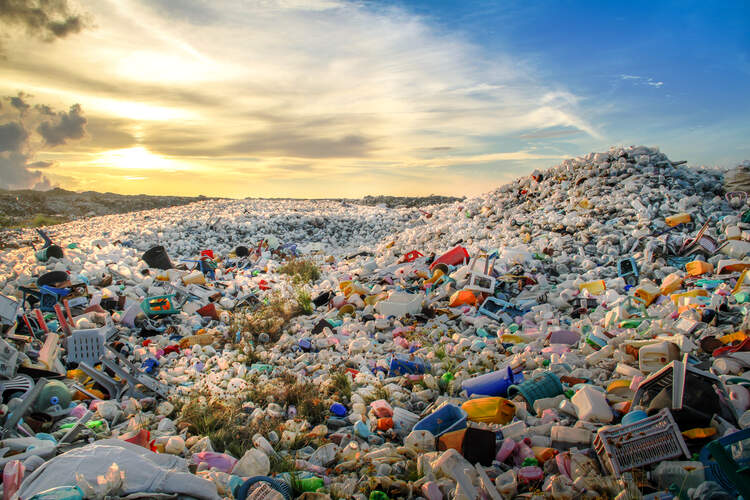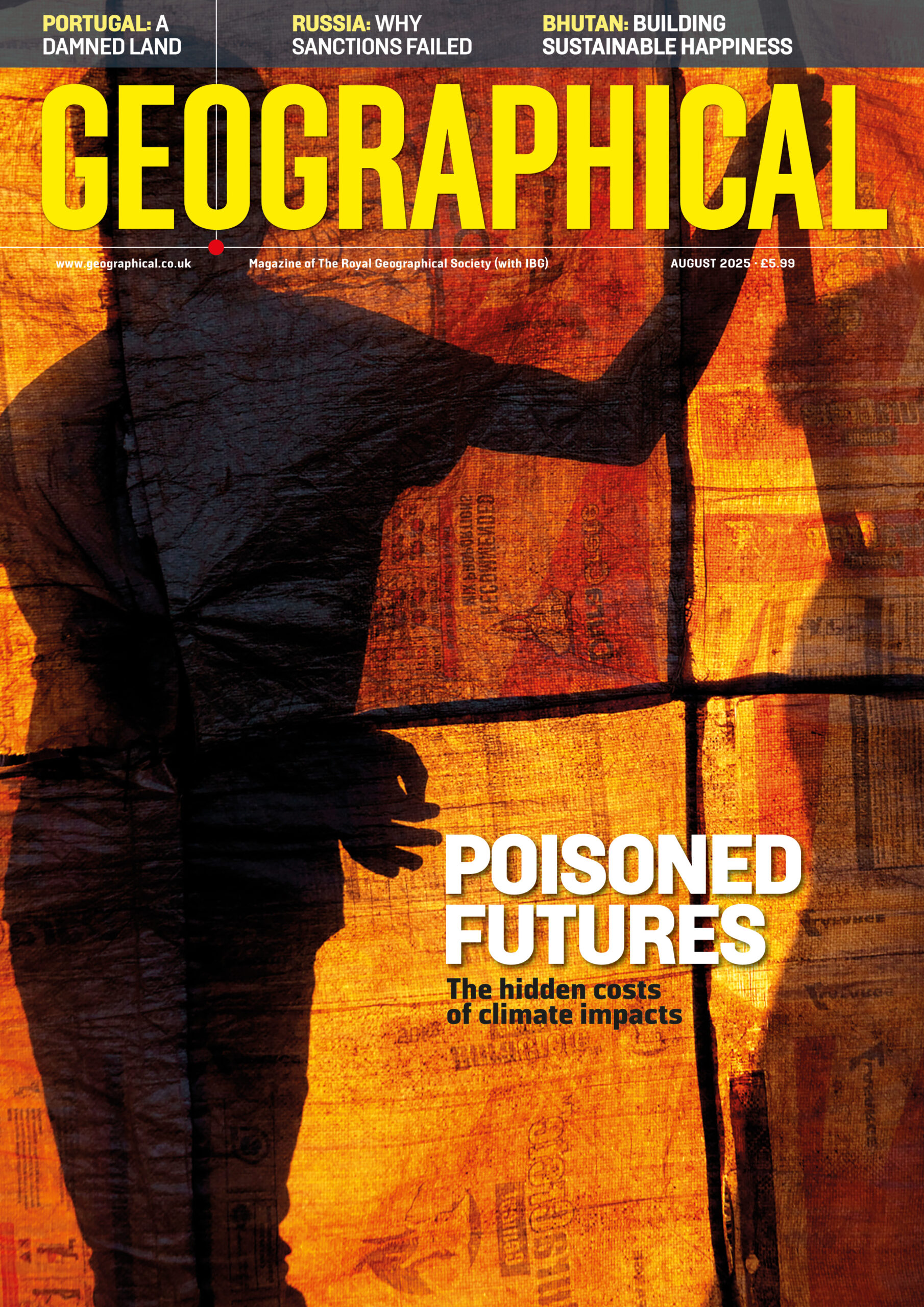
Most comprehensive analysis to date finds plastic contains 16,325 chemicals –and just six per cent of them are globally regulated
By
Plastic is everywhere. It’s worked its way into every crevice of life: from the food we eat, the water we shower in and even our own brains. Now, a new study, published in Nature, has revealed another startling fact regarding plastic: the staggering number of chemicals present within it.
As the most comprehensive analysis to date, the study found plastic contains a total of 16,325 chemicals, and also investigated these chemicals’ properties, uses and hazards. Of the chemicals found, at least 4,200 are marked as ‘of concern’ due to the hazards they pose to both public health and the environment.
The latest research includes chemicals added during production alongside contaminants present in plastic. As well as this, it identifies chemicals of concern, allowing manufacturers to avoid these in order to develop safer plastics and a non-toxic circular economy.
Previously, researchers were largely in the dark about the exact chemical composition of plastics, limiting the ability to enforce adequate public and environmental health protections.
Enjoying this article? Check out our related reads:
Researchers highlight three key pathways for sustainable plastics. Firstly, known chemicals of concern should be removed from plastics either through voluntary industry action or mandates. In addition, businesses should operate with more transparency, informing consumers on which chemicals are present in particular products.
The third solution is to redesign plastics to contain fewer chemicals, particularly if these plastics are to be either reused or recycled.

‘There is a lot of momentum to make plastics safer,’ said lead author of the study and researcher at the Norwegian Geotechnical Institute (NGI), Dr Laura Monclús. ‘Our study provides the scientific evidence needed to achieve that goal and better protect human health and the environment from chemicals of concern in plastics.’
‘This science is handing policymakers a clear framework to begin dismantling the plastic system – starting with the most harmful chemicals,’ said co-founder of A Plastic Planet & Plastic Health Council Sian Sunderland. ‘They have no excuse to delay immediate action. Industry will not change without strong regulation,’ continued Sunderland.
A plastic typhoon
Each year, the world produces more than 460 million metric tons of plastic. Of this, an estimated 20 million metric tons end up as plastic litter degrading environments across the planet. By 2040, this quantity is set to increase significantly.
So widespread is plastic pollution that ‘plastic rocks’ – rock-shaped plastic debris formed from melted plastic – have washed up on islands thousands of kilometres away from major population hubs.
Currently, the major solution to tackling the global plastic crisis is the UN Plastic Treaty, a proposed mandate to create a legally binding instrument to end plastic pollution. However, the treaty is still being negotiated by the 175 nations involved in a process that has so far taken three years.




